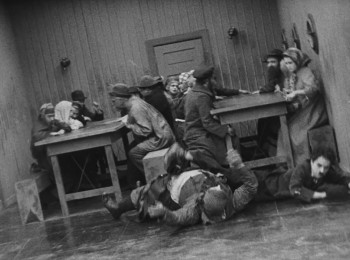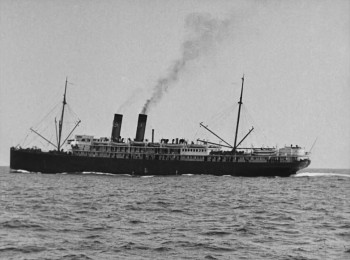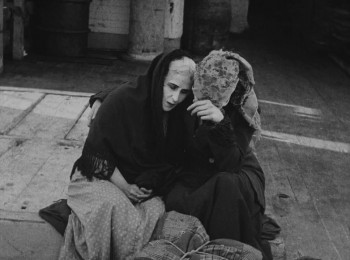The Immigrant
1917
Action / Comedy / Drama / Romance

The Immigrant
1917
Action / Comedy / Drama / Romance
Plot summary
A European immigrant endures a challenging voyage only to get into trouble as soon as he arrives in New York.
Director
Top cast
Tech specs
720p.BLU 1080p.BLUMovie Reviews
Full hearts and empty pockets ...
A Sweet Summation of What Chaplin Was--and Is
The Immigrant (1917)
A Sweet Summation of What Chaplin Was--and Is
This short Charlie Chaplin feature, just under half an hour, is easy to love and still modern in its greater sensibility. It plays with familiar attitudes--winning money then having to give it all away, or just boy meets girl--and it keeps them fresh, even now, almost a century later.
Chaplin shows off physical comedy with compactness on the boat--the rocking back and forth is just short of frenetic at times, though we never quite get dizzy (at least not on the small screen), I think because his movements counteract the boat's so elegantly. It's no secret what he's doing, and I think that is part of his charm. We can imagine a friend doing the same in a moment of inspiration, no tricks, just comic ballet.
Once the poor immigrants are set up as not quite destitute (despite the dying mother), and we pass time just as much as they do, there is the shot of the Statue of Liberty passing, and even Chaplin, himself an immigrant, stops his action and watches. This is as the U.S. is about to enter WWI, immigrants are flooding in, and patriotism is expected.
The ending is also classic Chaplin--it shows his big heart, his humble intentions, and his winning charm. He gets the girl (with a little physical assistance in the name of comedy, but she's laughing). A terrific capsule of what the man's comedy is about. And the existing transfer to video is clear, with just a few missing frames evident at the start.










